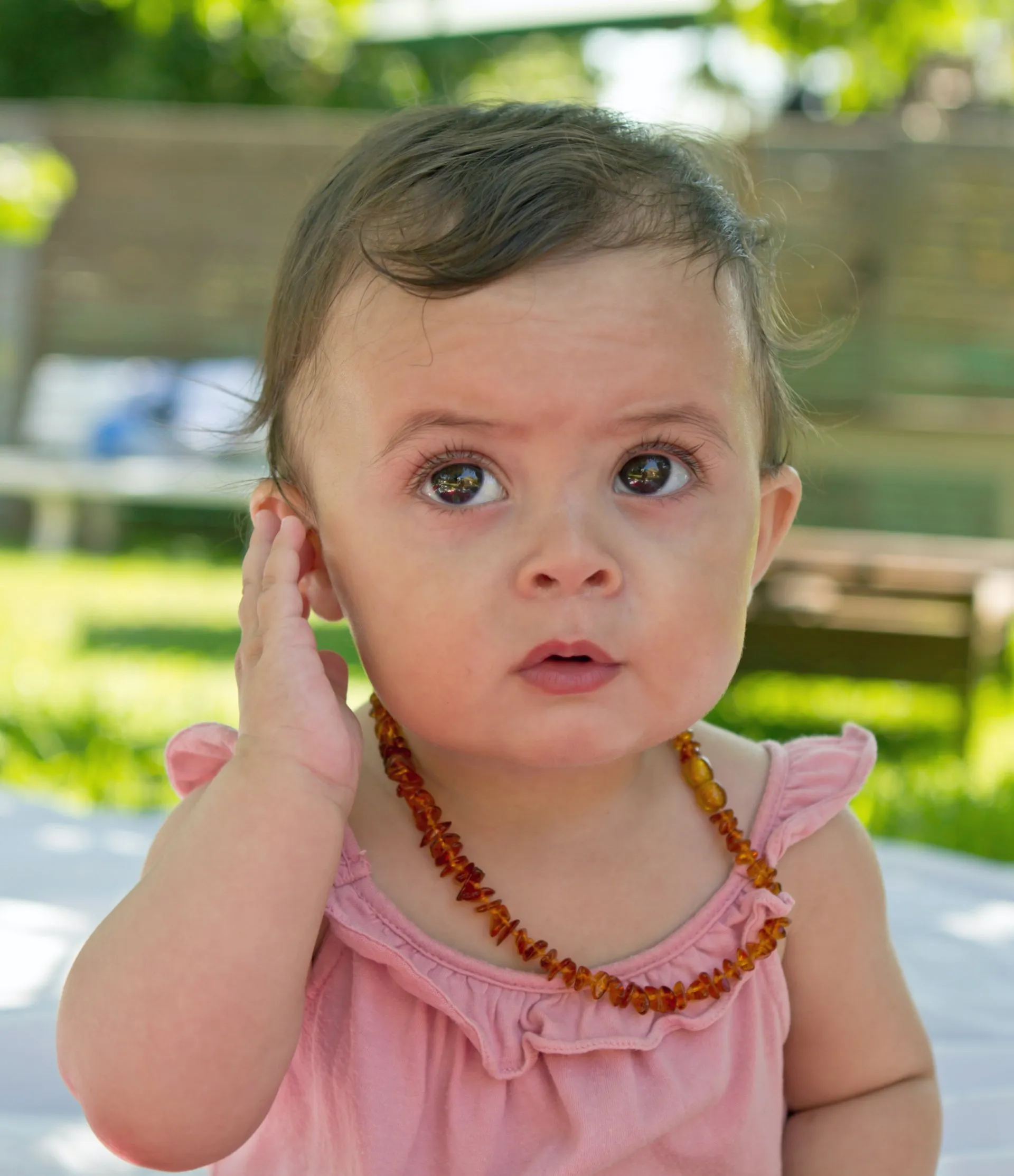Find out if we're a good fit & get your homeopathy questions answered.
Free discovery session
Homeopathy does not treat each ear infection as a separate problem, rather instead it treats the child as a whole.
One of the difficult things for parents to watch is their child in ear pain and not be able to help. If a child has a pattern of repeated ear infection, you probably feel helpless. The conventional medical approach is antibiotics every time for an ear infection. Recent medical studies have shown that giving antibiotics does not affect the course of ear infection at all. They do not help much, and have many negative consequences.
If these medicines are ineffective, a tympanostomy (tubes) is performed. Tympanostomy is done by puncturing a hole in the child’s eardrum and inserting a tube. This can result in loss of hearing from scarring or hardening of the ear drum.
If the conventional approach doesn’t work – what does work?
In conventional health care, its focus is on treating each ear infection separately, not the pattern of repeated infections. Homeopathy does not treat each ear infection as a separate problem, rather instead treating the child as a whole.
The same child who has ear infections probably also has other physical and emotional problems. They have a certain type of personality, certain likes and dislikes and many other things that make them a unique person. All of this information helps us in selecting the right homeopathic remedy which matches the whole pattern of symptoms.
This one right homeopathic remedy will help bring the child back into balance and allow his body to heal itself and strengthening the overall health of the child. Once the immune system is stimulated, the child’s health improves along with the ear infection and other problems permanently go away.
What is ear infection?
An ear infection is an inflammation of the middle ear, usually caused by bacteria, that occurs when fluid builds up behind the eardrum. Anyone can get an ear infection, but children get them more often. Three out of four children have at least one ear infection by their third birthday. In fact, ear infections are the most common reason for bringing the child to a doctor by parents. The scientific name for an ear infection is Otitis Media (OM).
Types of ear infection:
There are three main types of ear infections. Each has a different combination of symptoms.
- Acute otitis media(AOM) is the most common ear infection. Parts of the middle ear are infected and swollen and fluid is trapped behind the eardrum. This causes pain in the ear– commonly called an earache. Child might also have a fever.
- Otitis media with effusion(OME) sometimes happens after an ear infection has run its course and fluid stays trapped behind the eardrum. A child with OME may have no symptoms, but a doctor will be able to see the fluid behind the eardrum with a special instrument.
- Chronic otitis media with effusion(COME) happens when fluid remains in the middle ear for a long time or returns over and over again, even though there is no infection. COME makes it harder for children to fight new infections and also can affect their hearing.
How to identify ear infection in children:
Most ear infections happen to children before learning how to talk. If the child isn’t old enough to say, “My ear hurts,” here are a few sign and symptoms to look for:
- Tugging or pulling at the ear(s)
- Fussiness and crying
- Trouble sleeping
- Fever (especially in infants and younger children)
- Fluid draining from the ear
- Clumsiness or problems with balance
- Trouble hearing or responding to quiet sounds
These symptoms are frequently associated with signs of upper respiratory infection, such as a runny or stuffy nose or a cough. Severe ear infection may cause Tympanic Membrane rupture. If the Tympanic Membrane ruptures, pus starts to drain out of the middle ear and into the ear canal.
Causes:
Ear infection may be caused by:
- Respiratory infection (cold)
- Allergies
- Exposure to cigarette smoke
- Infected or overgrown adenoids (tonsils)
- For infants, being fed lying down (drinking a bottle while lying on the back)
- Some medical conditions such as Down syndrome and cleft palate are associated with
- frequent ear infections
- Children that spend more time in a daycare setting, where they are exposed to more
- bacteria
- Poor immune system
- Ear infection occurs most often in the winters. They are not contagious, but a cold may spread among a group of children and cause some of them to get ear infections
Diagnosis:
Earache should always be suspected when an infant cries continuously or when the fever suddenly rises during the course of an acute illness without assignable cause. The throat must be examined for evidences of pharyngitis and when enlarged tonsils and adenoids are present, the possibility of earache should never be overlooked. Inspection of the ear drum will give positive evidence of the disease.
Why children suffer more with ear infection:
Eustachian tubes are smaller in children than they are in adults. This makes it difficult for fluid to drain out of the ear, even under normal conditions. If the Eustachian tubes are swollen or blocked with mucus due to a cold or other respiratory illness, fluid may not drain.
A child’s immune system isn’t as effective as an adult’s because it’s still developing. This makes it harder for children to fight against infections.
As part of the immune system, the adenoids respond to bacteria passing through the nose and mouth. Sometimes bacteria get trapped in the adenoids, causing an infection that can then pass on to the Eustachian tubes and the middle ear.
Tips to prevent recurrent ear infection:
- Wash hands frequently. Washing hands prevents the spread of germs and can help keep child from catching cold or flu
- Avoid exposing baby to cigarette smoke. Studies have shown that babies who are around smokers have more ear infections
- Never put baby down for a nap, or for the night, with a bottle
- Don’t allow sick children to spend time together. As much as possible, limit child’s
- exposure to other children when child or child’s playmates are sick
- Never use instruments or cotton tipped applicators to clean the ears
- To promote drainage prop child at a 30 degree angle, this will help reduce pain too
- Apply cold or warm compresses, depending on what child is comfortable with
Homeopathic constitutional treatment:
A child with recurring infections (including earaches and sore throats) is suffering from a chronic condition. Constitutional homeopathic treatment has a marvelous track record in helping children recover their vitality. There is usually an inherited factor, which the professional homeopath can take into account when prescribing as well as other more serious stresses such as childhood vaccinations, which are now thought to be a major factor in the increase in childhood infections.
Children with glue ear, those who are prone to convulsions with their fevers and those with any chronic condition, including those with allergies, should always be taken for constitutional treatment so that the underlying causes can be dealt with.



